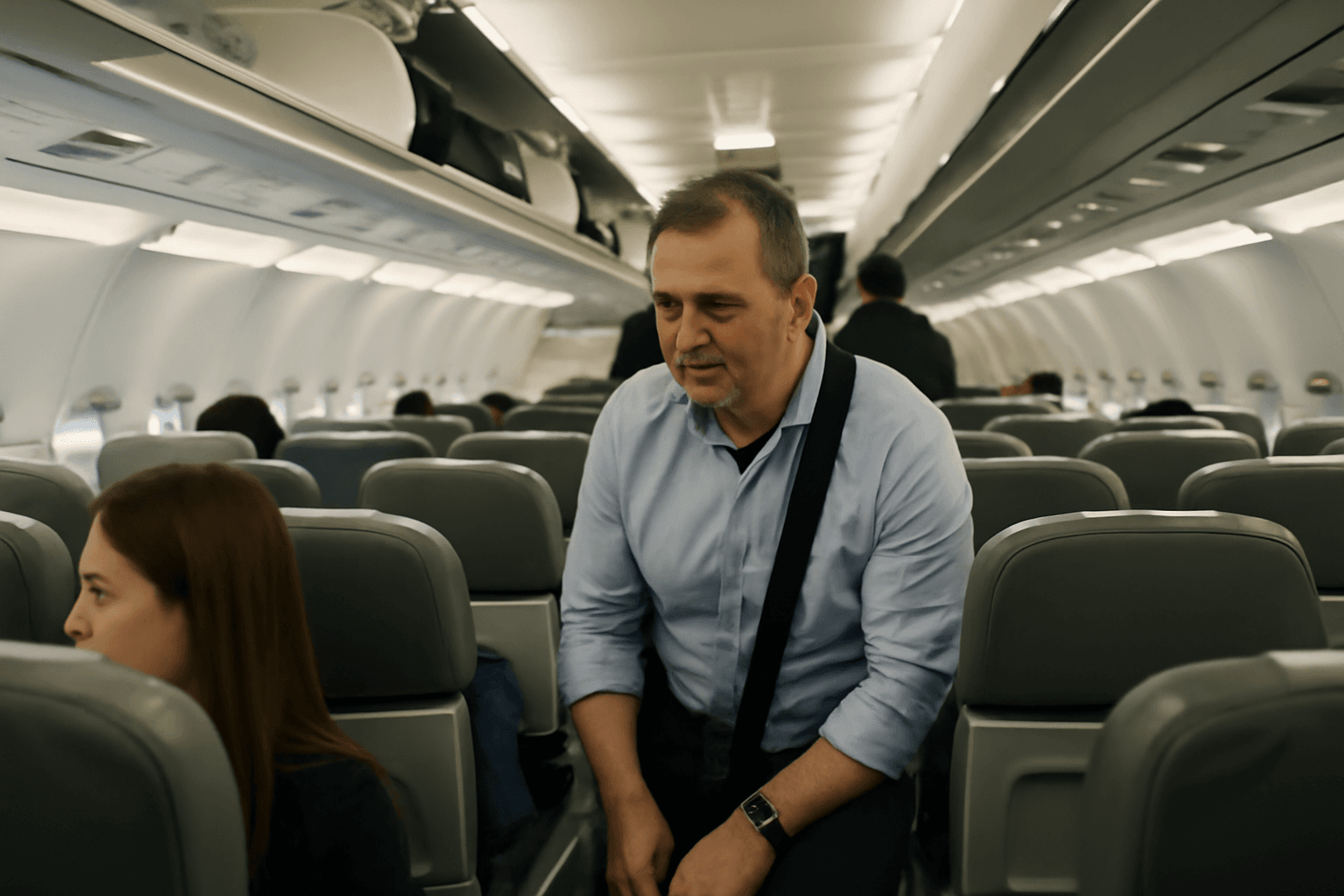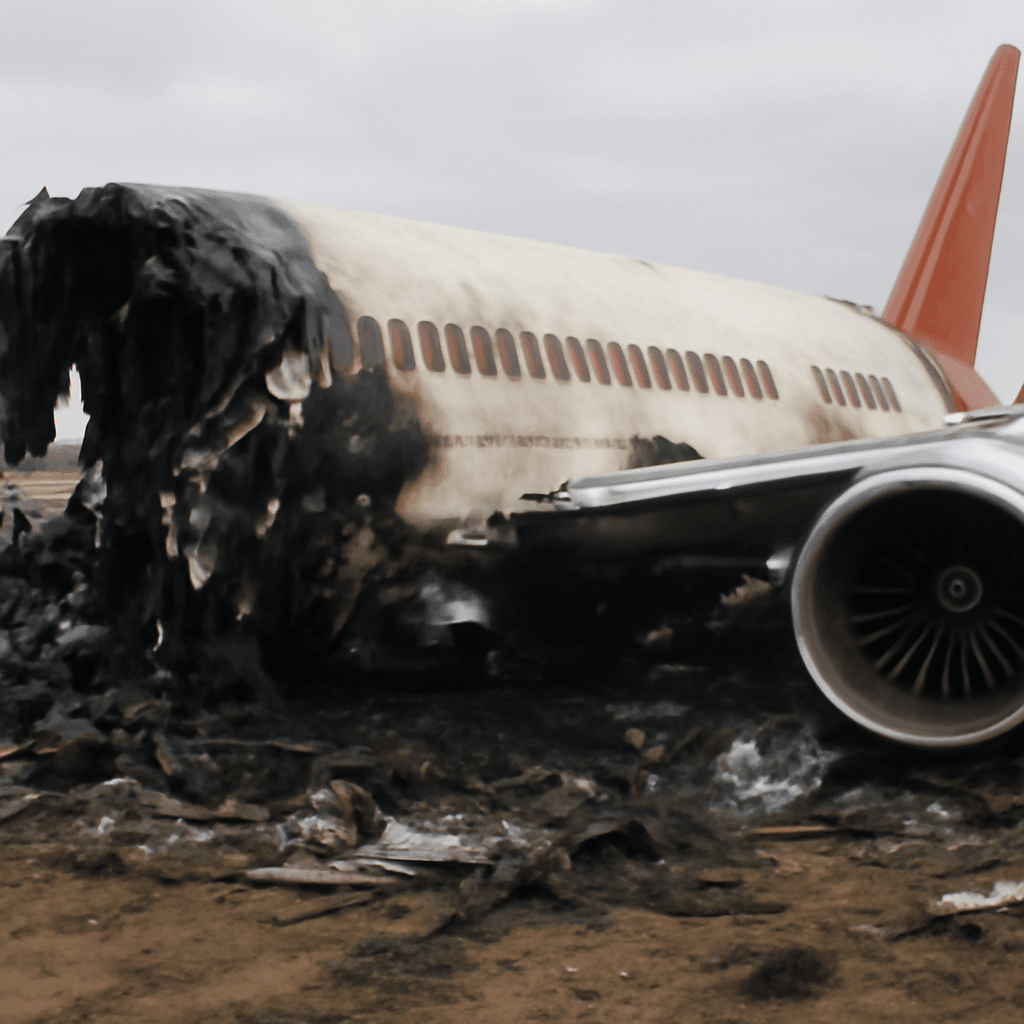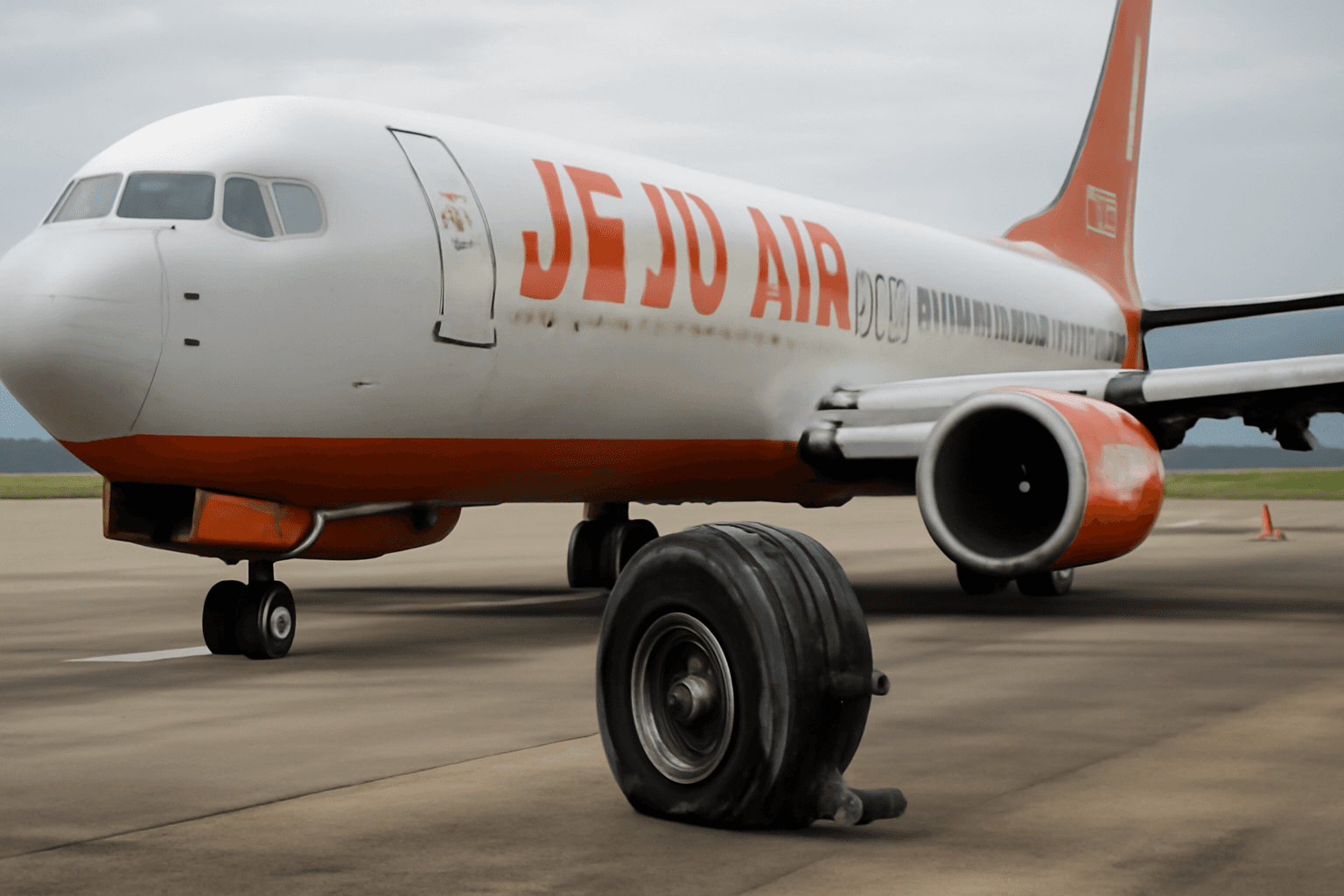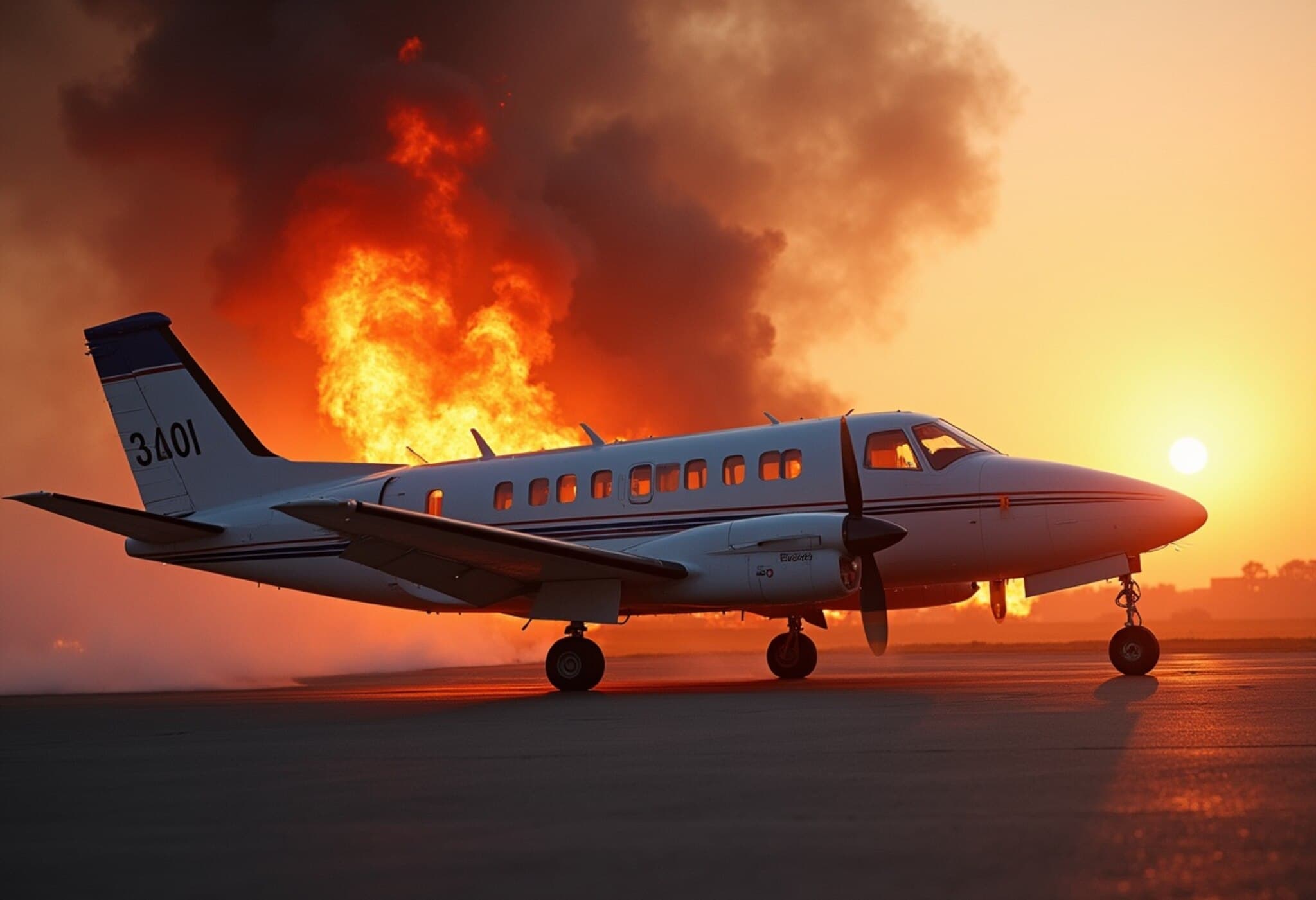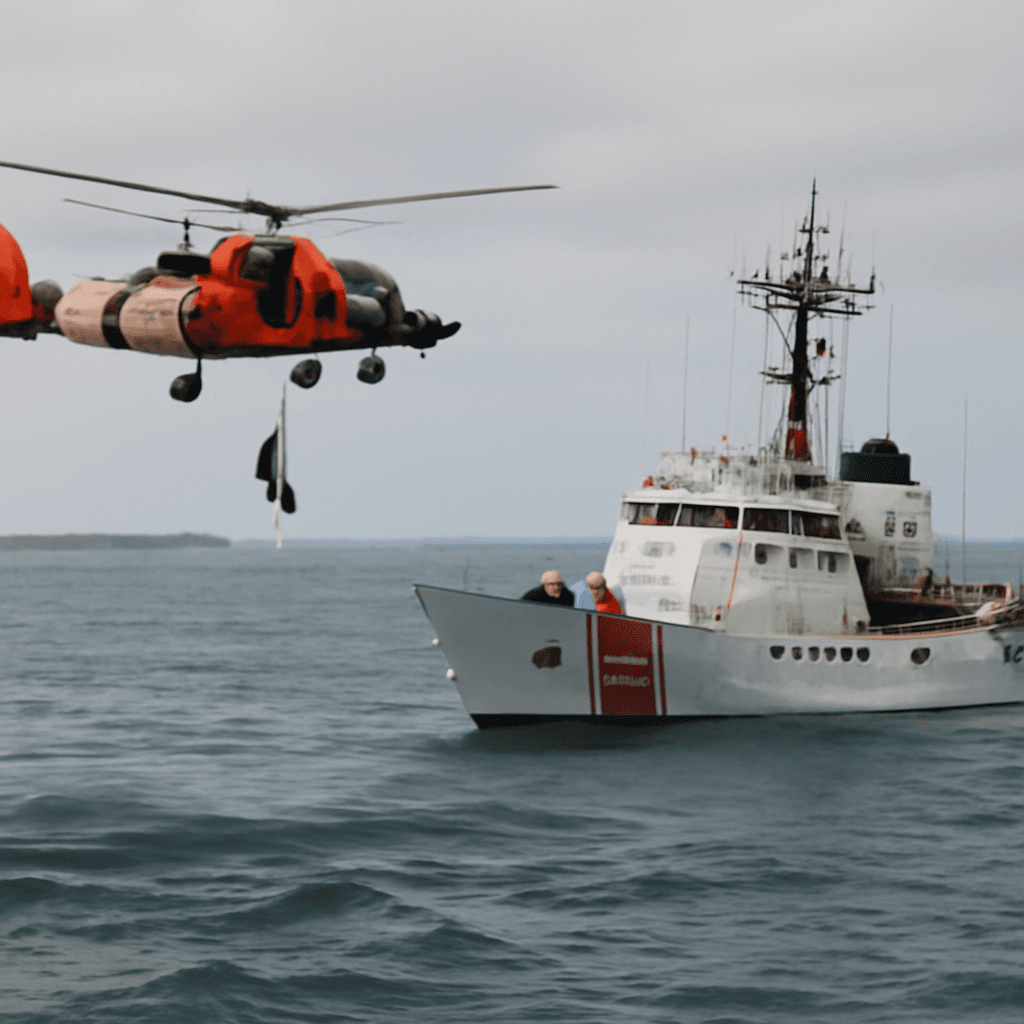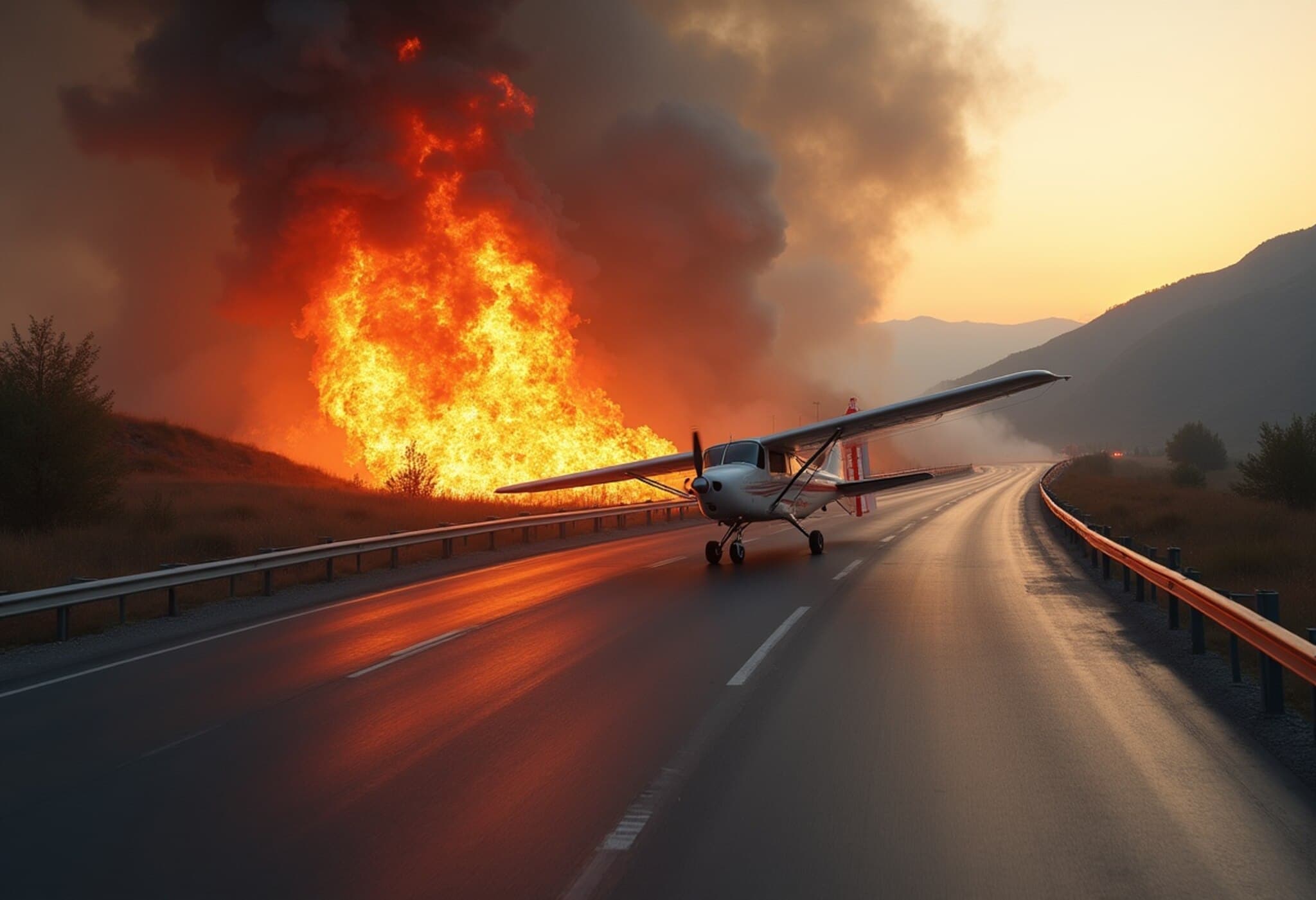Small Plane Crash in North Carolina
Tragedy struck near Sugar Valley Airport in Mocksville, North Carolina, when a small aircraft crashed on June 3, resulting in two fatalities and one serious injury. According to a recent preliminary report from the National Transportation Safety Board (NTSB), the pilot had lifted one of the plane’s wheels during landing to avoid hitting a turtle on the runway.
Sequence of Events Leading to the Crash
The single-engine Universal Stinson 108 aircraft landed roughly halfway down the 2,424-foot runway. As the pilot approached the ground, a communications operator at the airport noticed a turtle on the runway and alerted the pilot. In response, the pilot raised the right main landing wheel to maneuver clear of the turtle.
Witnesses reported hearing the pilot advance the throttle immediately after lifting the wheel, suggesting an aborted landing or a go-around attempt. However, the plane quickly disappeared from view.
Eyewitness Accounts
- A man cutting grass near the runway saw the pilot raise the right wheel, then observed the wings rocking from side to side.
- He reported the airplane appeared to take off again, but moments later witnessed a crash and smoke rising from the crash site.
Crash Site Details
The aircraft crashed approximately 255 feet (78 meters) from the runway into a densely wooded area. The impact caused a fire, and the plane ended up wedged between several trees, resting on its left side with the left wing folded underneath and the right wing bent toward the tail section.
Remarkably, the plane remained mostly intact except for some pieces of fabric recovered downstream in a nearby stream.
Fatalities and Injuries
Two people onboard—the pilot and one passenger—lost their lives in the accident. Another passenger sustained serious injuries and was hospitalized.
What the NTSB Report Tells Us
At this stage, the NTSB’s preliminary report focuses solely on facts obtained from the crash scene without speculating on causes. The agency typically finalizes and publishes causation analyses one to two years after such incidents.
This tragic event underscores the challenges pilots face even during routine operations and highlights how seemingly minor obstacles—like a small turtle on the runway—can contribute to catastrophic outcomes.



